http://en.wikipedia.org/wiki/Identity_formation
Identity formation, also known as individuation, is the development of the distinct personality of an individual[1] regarded as a persisting entity (known as personal continuity) in a particular stage of life in which individual characteristics are possessed and by which a person is recognised or known (such as the establishment of a reputation). This process defines individuals to others and themselves. Pieces of the person’s actual identity include a sense of continuity, a sense of uniqueness from others, and a sense ofaffiliation. Identity formation leads to a number of issues of personal identity and an identity where the individual has some sort of comprehension of him or herself as a discrete and separate entity. This may be through individuation whereby the undifferentiated individual tends to become unique, or undergoes stages through which differentiated facets of a person’s life tend toward becoming a more indivisible whole.[citation needed]
Identity is often described as finite and consisting of separate and distinct parts (family, cultural, personal, professional, etc.), yet according to Parker J. Palmer, it is an ever evolving core within where our genetics (biology), culture, loved ones, those we cared for, people who have harmed us and people we have harmed, the deeds done (good and ill) to self and others, experiences lived, and choices made come together to form who we are at this moment.[2]
Theories on identity formation[edit]
Many theories of development have aspects of identity formation included in them. Two theories stand out in regards to this topic: Erik Erikson‘s theory of psychosocial development (specifically the “identity versus role confusion” stage of his theory) and James Marcia‘s identity status theory.
Erikson[edit]
Erikson’s belief is that throughout each person’s lifetime, they experience different crises/conflicts. Each of the conflicts arises at a certain point in life and must be successfully resolved for progression to the next of the eight stages. The particular stage relevant to identity formation takes place during adolescence (ages 12-20), this stage is called “Identity versus Role Confusion”.
The Identity vs. Role Confusion stage consists of adolescents trying to figure out who they are in order to form a basic identity that they will build on throughout their life. The primary concerns of a basic identity for this theory are social and occupational identities. Once an adolescent has accomplished the task of figuring out “who they are”, they are ready to enter the next stage of Erikson’s theory “Intimacy versus Isolation” where they will form strong friendships and a sense of companionship with others. If the Identity vs. Role Confusion crisis is not solved, an adolescent will be confused about their identity and the roles they should have as adults. The idea is that failure to form one’s own identity leads to failure to form a shared identity with others, which could lead to instability in many areas as an adult. The identity formation stage of Erik Erikson’s theory of psychosocial development is a crucial stage in life.
James Marcia created a structural interview designed to classify adolescents into one of four statuses of identity. The identity statuses are used to describe and pinpoint the progression of an adolescent’s identity formation process. In James Marcia’s theory, the operational definition of identity is whether an individual has explored various alternatives and made firm commitments to: an occupation, religion, sexual orientation and a set of political values.
The four identity statuses in James Marcia’s theory are:
- Identity Diffusion: When a person has not yet thought about or resolved their identity and they have not yet established future life direction.
- Identity Foreclosure: When a person is committed to an identity, but that commitment was made without exploration as to what really suits them best
- Identity Moratorium: When a person is actually experiencing an identity crisis and actively searching for the answers to questions they have about life commitments.
- Identity Achievement: When a person has solved the identity issues by making commitments to goals, beliefs and values.
In business[edit]
In business, a professional identity is the “persona” of a professional which is designed to accord with and facilitate the attainment of business objectives. A professional identity comes into being when there is a philosophy which is manifest in a distinct corporate culture – the corporate personality. A business professional is a person in a profession with certain types of skills that sometimes requires formal training or education.
The career development of an individual focuses on how individuals manage their careers within and between organisations and how organisations structure the career progress of their members, and can be tied into succession planning within some organizations.
Within the business realm and many careers is the role of management. Management tasks enhance leadership, by creating an environment where all team members know and assume responsibility for their roles. Employees’ self-concept and affiliation are often aligned with their roles in the organization.
Training is a form of identity setting, since it has not only effects on knowledge, but also affects the team member’s self-concept. Knowledge, on the other hand, of the position introduces a new path of less effort to the trainee, which prolong the effects of training and promote a stronger self-concept. Other forms of identity setting in an Organization include Business Cards, Specific Benefits by Role, and Task Forwarding.[3]
Self-concept[edit]
Self-concept or self-identity is the sum of a being’s knowledge and understanding of his or her self. The self-concept is different from self-consciousness, which is an awareness of one’s self. Components of the self-concept include physical, psychological, and social attributes, which can be influenced by the individual’s attitudes, habits, beliefs and ideas. These components and attributes can not be condensed to the general concepts of self-image and self-esteem[citation needed] as different types of identity coming together in one person. These types of identity can be broken down into the following.
Cultural identity[edit]
Cultural identity is the (feeling of) identity of a group or culture, or of an individual as far as she/he is influenced by her/his belonging to a group or culture. Cultural identity is similar to and has overlaps with, but is not synonymous with, identity politics. There are modern questions of culture that are transferred into questions of identity. Historical culture also influences individual identity, and as with modern cultural identity, individuals may pick and choose aspects of cultural identity, while rejecting or disowning other associated ideas.
Ethnic and national identity[edit]
An ethnic identity is the identification with a certain ethnicity, usually on the basis of a presumed common genealogy or ancestry. Recognition by others as a distinct ethnic group is often a contributing factor to developing this bond of identification. Ethnic groups are also often united by common cultural, behavioral, linguistic, ritualistic, or religious traits.
Processes that result in the emergence of such identification are summarised as ethnogenesis. Various cultural studies and social theory investigate the question of cultural and ethnic identities. Cultural identity remarks upon: place, gender, race, history, nationality, sexual orientation, religious beliefs and ethnicity.
National identity is an ethical and philosophical concept whereby all humans are divided into groups called nations. Members of a “nation” share a common identity, and usually a common origin, in the sense of ancestry, parentage or descent.[citation needed]
Religious identity[edit]
A religious identity is the set of beliefs and practices generally held by an individual, involving adherence to codified beliefs and rituals and study of ancestral or cultural traditions, writings, history, and mythology, as well as faith and mystic experience. The term “religious identity” refers to the personal practices related to communal faith and to rituals and communication stemming from such conviction. This identity formation begins with association in the parents’ religious contacts, and individuation requires that the person chooses to the same–or different–religious identity than that of his/her parents.[citation needed]
Gender identity[edit]
In sociology, gender identity describes the gender with which a person identifies (i.e., whether one perceives oneself to be a man, a woman, or describes oneself in some less conventional way), but can also be used to refer to the gender that other people attribute to the individual on the basis of what they know from gender role indications (social behavior, clothing, hair style, etc.). Gender identity may be affected by a variety of social structures, including the person’s ethnic group, employment status, religion or irreligion, and family.
Interpersonal identity development[edit]
Social relation can refer to a multitude of social interactions, regulated by social norms, between two or more people, with each having a social position and performing a social role. In sociological hierarchy, social relation is more advanced than behavior, action, social behavior, social action, social contact and social interaction. Social relations form the basis of concepts such as social organization, social structure, social movement and social system.
Interpersonal identity development is composed of three elements:
- Categorisation: Labeling others (and ourselves) into categories.
- Identification: Associating others with certain groups.
- Comparison: Comparing groups.
Interpersonal identity development allows an individual to question and examine various personality elements, such as ideas, beliefs, and behaviors. The actions or thoughts of others create social influences that change an individual. Examples of social influence can be seen in socialisation and peer pressure. This is the effect of other people on a person’s behavior, thinking about one’s Self, and subsequent acceptance or rejection of how other people attempt to influence the individual. Interpersonal identity development occurs during exploratory self-analysis and self-evaluation, ending at various times with the establishment of an easy-to-understand and consolidative sense of self or identity.
Interaction[edit]
During the interpersonal identity development an exchange of propositions and counter-propositions occurs, resulting in a qualitative transformation of the individual in the direction of the interaction. The aim of the interpersonal identity development is to try to resolve the undifferentiated facets of an individual. The individual’s existence is undifferentiated but this, upon examination, is found to be indistinguishable from others. Given this, and with other admissions, the individual is led to a contradiction between self and others, thus forcing the withdrawal of the undifferentiated self as a truth. In resolution of this incongruence, the person integrates or rejects the encountered elements. This process results in a new identity. During each of these exchanges which human beings encounter as they go through life, the person must resolve the exchange and then face future exchanges. The exchanges are recurring, since the changing world constantly presents exchanges between individuals and thus allows individuals to redefine themselves.
Collective identity[edit]
The term collective identity is a sense of belonging to a group (the collective) that is so strong that a person who identifies with the group will dedicate his or her life to the group over individual identity: he or she will defend the views of the group and assume risks for the group, sometimes as great as loss of life. The cohesiveness of the collective goes beyond community, as the collective suffers the pain of grief from the loss of a member.
Social support[edit]
Individuals gain a social identity and group identity by their affiliation. This is from membership in various groups. These groups include, among various categories,:
One of the most important affiliations is that of their family, whether they be biological, extended or even adoptive families. Each has their own influence on identity through the interaction that takes place between the family members and with the individual person.[5] “Information regarding possible identities of possible selves comes from various contexts that surround adolescents and temporal commitments are tested and practiced in interaction with others.”[6] Researchers and theorists basically state that an individual’s identity(more specifically an adolescent’s identity) is influenced by the people around them and the environment in which they live. Also if a family does not have integration this seems to help create identity diffusion (this is one of James Marcia‘s 4 identity statuses, meaning that an individual has not made commitments and does not try to make commitments.[7]) This is true for both males and females.[8] These concepts prove that a family has influence on an individual no matter if the influence be good or bad.
Peer relationships[edit]
The purpose of this study was to analyze the influence of same-sex friendships in the development of one’s identity. This study involved the use of 24 same-sex college student friendship triads, consisting of 12 males and 12 females, with a total of 72 participants. Each triad was required to have known each other for a minimum of six months. A qualitative method was chosen, as it is the most appropriate in assessing development of identity. Semi-structured group interviewers took place, where the students were asked to reflect on stories and experiences with relationship problems. The results showed 5 common responses when assessing these relationship problems. The responses involved joking about the relationship problems, providing support, offering advice, relating others’ experiences to their own similar experiences, and providing encouragement. The results concluded that adolescents are actively constructing their identities through common themes of conversation between same-sex friendships, in this case, involving relationship issues. The common themes of conversation that close peers seem to engage in, help to further their identity formation in life.[9]
Influences on identity[edit]
There is an abundant amount of influences on identity formation. Some of which have already been touched on in other sections of this article. Among the many influences, four influences stand out to be especially important. Those include: cognitive influences, scholastic influences, sociocultural influences and parenting influences.
Cognitive influences[edit]
Cognitive development has an impact on identity formation. When adolescents are able to think abstractly and reason logically they have an easier time exploring and contemplating possible identities. When an adolescent has advanced cognitive development and maturity they tend to resolve identity issues more so than age mates that are less cognitively developed. When identity issues are solved quicker and better, there is more time and effort put into developing that identity. Having a solid identity earlier is a preferred situation and is one of the first steps in forming the desired life and goals of the individual.
Scholastic influences[edit]
Adolescents that have a post-secondary education tend to make more concrete goals and stable occupational commitments. So going to college or university can influence identity formation in a productive way. Of course, the opposite can also be true, where identity influences education and academics. The two can play off of each other, ultimately forming identity in the process. Scholastics as an impact on identity can be beneficial for the individual’s identity in the sense that, the individual will be getting educated on different approaches and paths to take in the process of identity formation. Ultimately scholastics are important for our brains as well as our identities.
Sociocultural influences[edit]
Sociocultural influences are those of a broader social and historical context. For example in the past, adolescents would likely just adopt the job, religious beliefs, etc. that was expected of them or that were the same as their parents. In a society like today’s, adolescents have more resources to explore identity choices as well as more options for commitments. This influence is becoming less significant due to the growing acceptance of identity options that were once less accepted. Also, more of the identity options from the past are becoming unrecognized and less popular today. The changing sociocultural situation is forcing individuals to develop a unique identity based on their own aspirations. Sociocultural influences are playing a different role identity formation now than they have in the past. However, it still has an impact on identity, just in a different way.
Parenting influences[edit]
The type of relationship that adolescents have with their parents has a significant role in identity formation. For example when there is a solid and positive relationship between parent and adolescent they are more likely to feel freedom in exploring identity options for themselves. A study found that for boys and girls, identity formation is positively influenced by parental involvement specifically in the areas of: support, social monitoring and school monitoring.[10]Â In contrast, when the relationship is not as close and the adolescent fears rejection from the parent, they are more likely to feel less confident in forming a separate identity from their parent(s).[citation needed]Â These are just examples; of course there are other outcomes possible in adolescent identity formation when examining the parenting as well as the parent-child relationship.[citation needed]
Â




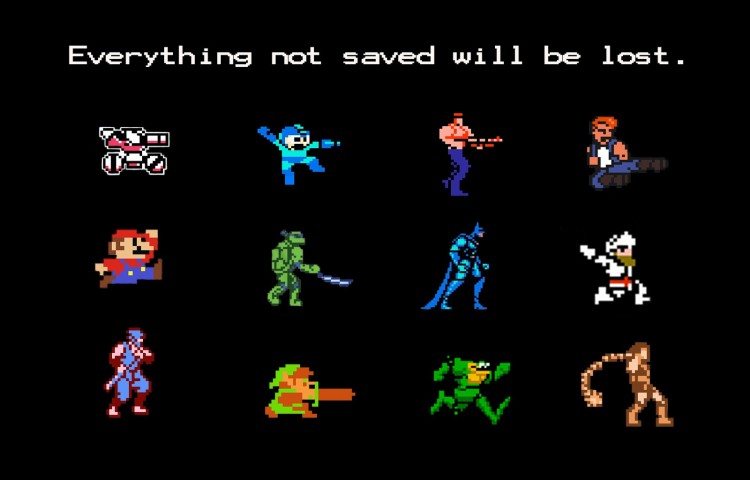
 Â
  Â
 


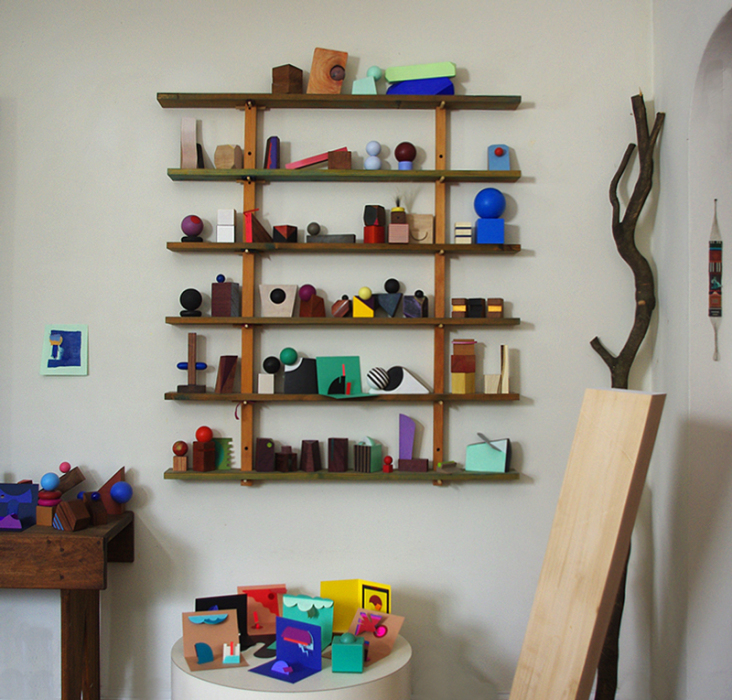

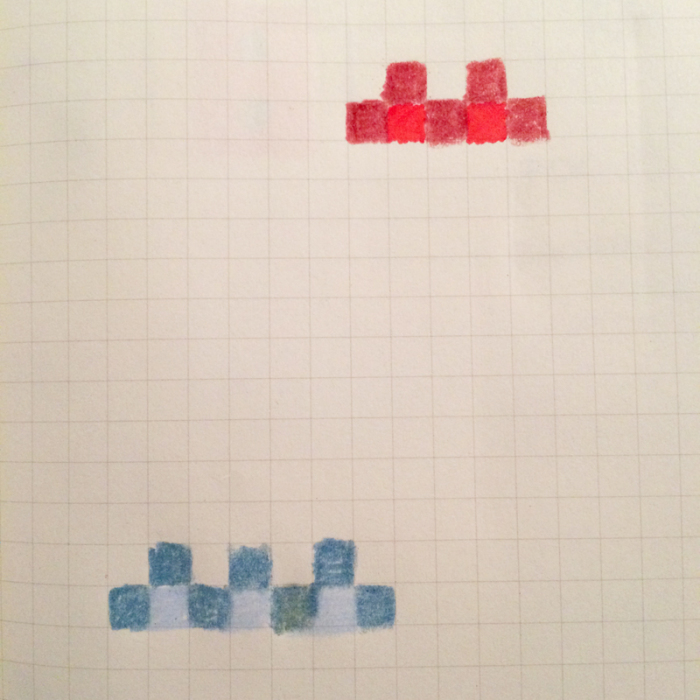





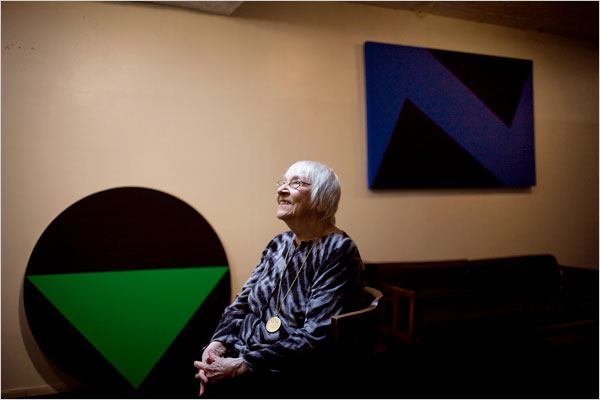
 Â Â Â
   



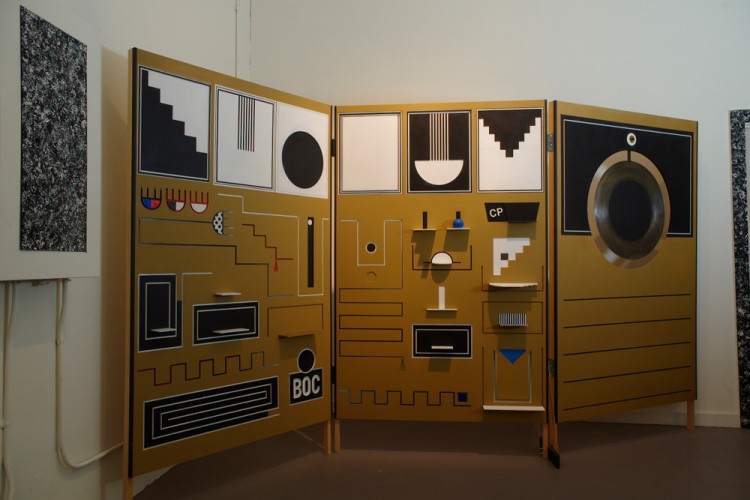
 BOX OF CONTENTS
BOX OF CONTENTS